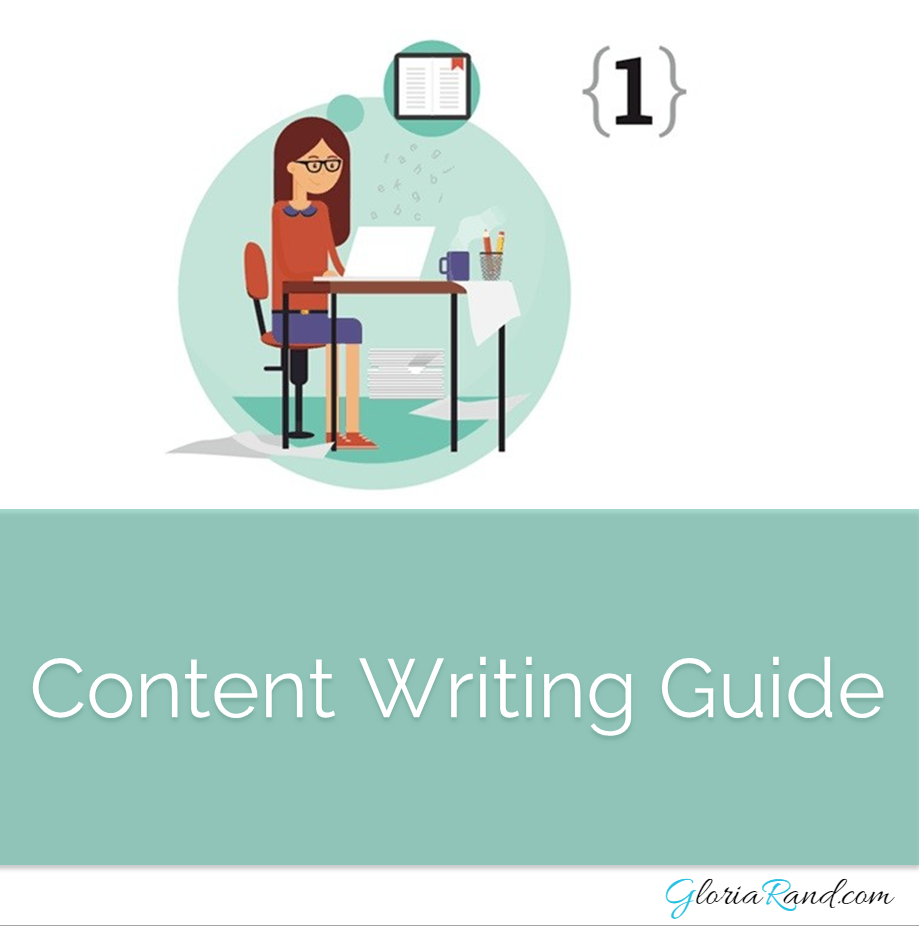The Ultimate Guide to Content Formatting and Structuring
Creating engaging, informative content that readers want to consume is an art. An often overlooked but equally important aspect of content success is the formatting and structure. This guide will walk through best practices for formatting long-form content into a multi-part structure optimized for readability and search engines.
Crafting Cohesive Sections
A well-structured long-form article reads like a story, with a smooth progression from one section to the next. The first step is delineating 5-7 key topic areas to cover at a high level. These sections will form the backbone of the article and should each address a distinct element of the overall topic. Consider beginning with an introductory section to set the stage before diving into the meatier parts. End with a conclusion that ties everything together. Having determined the main sections, the next step is fleshing them out with supportive details. Aim for at least 250 words per section to provide thorough coverage and value to readers. Stick to 5-7 sentences on average to keep paragraphs digestible yet substantive. Vary sentence structure and length for improved readability.

Introductions that Inform and Inspire
The introduction sets the tone for the entire article. Capture attention right away with an interesting opener or stat that establishes relevance. Quickly summarize the overarching topic and purpose in 2-3 concise sentences to give readers necessary context. Consider including a brief roadmap of what’s to come to provide orientation. Finish with a strong call to action, such as urging readers to implement discussed strategies.
Avoid frontloading with unnecessary detail. Save the meat for latter sections. Keep introductions straightforward yet compelling to engage readers and pave the way for a quality reading experience.
Conclusions that Satisfy and Stimulate Further Exploration
Bring an article to a fitting close by summarizing key takeaways and emphasizing their importance once more. Reinforce the value readers obtained while maintaining brevity. Consider posing an open-ended question, making a bold statement, or envisioning future possibilities to leave readers eagerly anticipating next steps. Ideally, conclusions should inspire further exploration of the topic. To that end, providing recommendations for additional reading can cap things off memorably. External resources, related articles on the same site, or opportunities to implement discussed best practices work well here. The goal is to fully satisfy readers while keeping them engaged with the subject matter.
Internal Linking for Cohesion and Context
Thoughtfully placed internal links help reinforce article structure by contextualizing sections within the overarching narrative. They also promote cohesion and guide smooth reading by allowing hopping between related elements. Some strategic linking opportunities include:
- Linking section summaries back to dedicated headings for easy reference
- Connecting examples/case studies to their pertaining discussions
- Linking related terms/concepts to definitions or expanded coverage elsewhere
- Tying conclusions back to relevant discussions in preceding sections Limit each paragraph to 3 links maximum to avoid distracting from the main flow. Use descriptive link text over vague placeholders like “here” for clarity. Test all links thoroughly before publishing to ensure proper internal site navigation.
Optimizing for Search and Social Sharing
Certain optimizations help long-form content perform well across search engines and social platforms, extending its reach:
- Incorporate 2-3 instances of targeted 3-4 word longtail keywords to match relevant search intent
- Boldface keywords for enhanced readability and emphasis
- Break content into digestible 500-800 word sections that load quickly on phones
- Structure sections with headings, white space and bullet/number lists for easy scanning
- Make liberal use of relevant images to improve social shareability
- Include prominent calls-to-action encouraging sharing or further exploration Testing shows content with these tweaks sees increased click-throughs, time on page and social engagement—driving more value from thorough, well-optimized long-form articles.
Promoting Content and Building an Audience
Once live, the real work begins. Without promotion, even the highest quality content risks going unseen. Some effective promotion tactics include:
- Share initial sections across social platforms to build anticipation
- Pitch sections to relevant websites, blogs and influencers for guest posting exposure
- Send a form email or social announce alerting your list to each new section’s release
- Include internal and external links in bylines for additional context and promotion
- Leverage social listening tools to engage community discussions around each topic
- Thank commenters, share related third party articles and foster dialogue Continued promotion keeps each piece relevant long after publishing to maximize readership and establish authority as a go-to resource. Nurture your community to cultivate an enthusiastic audience eager for more of your high-value long-form content. In summary, structuring articles cohesively and optimizing for search and sharing is key to content success. Applying the best practices discussed here will produce thorough, informative long-form pieces that engage and benefit readers.